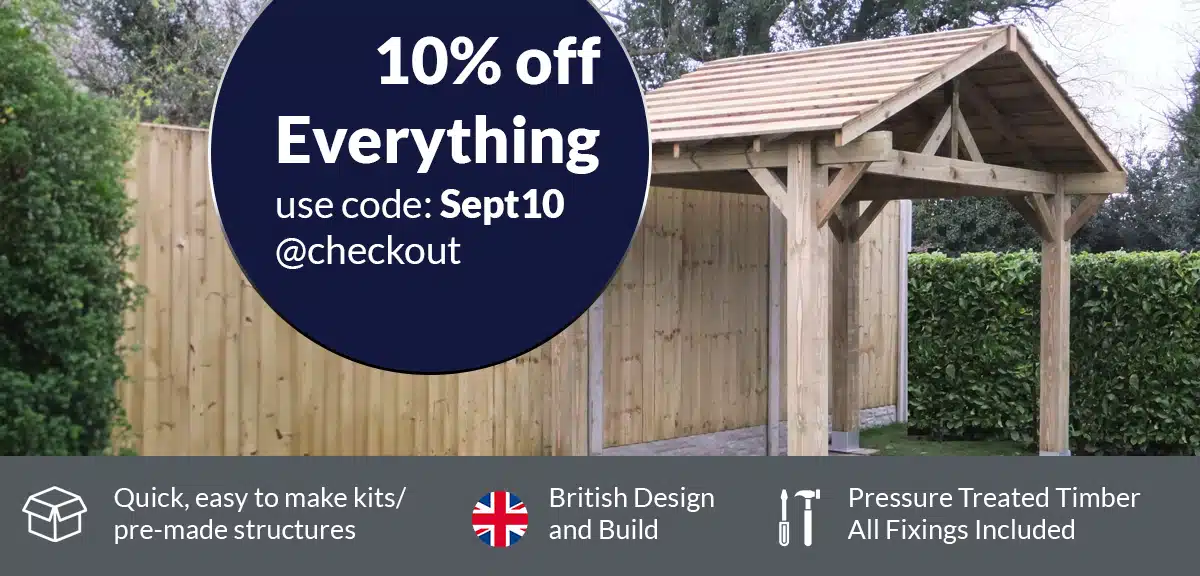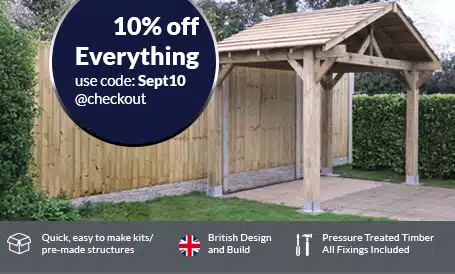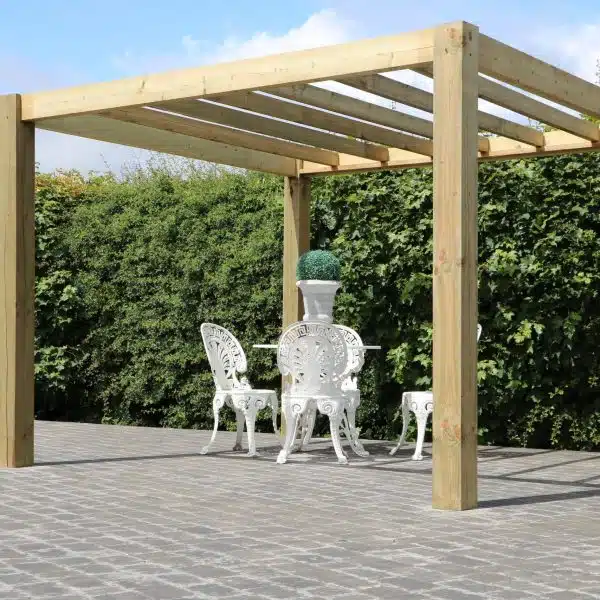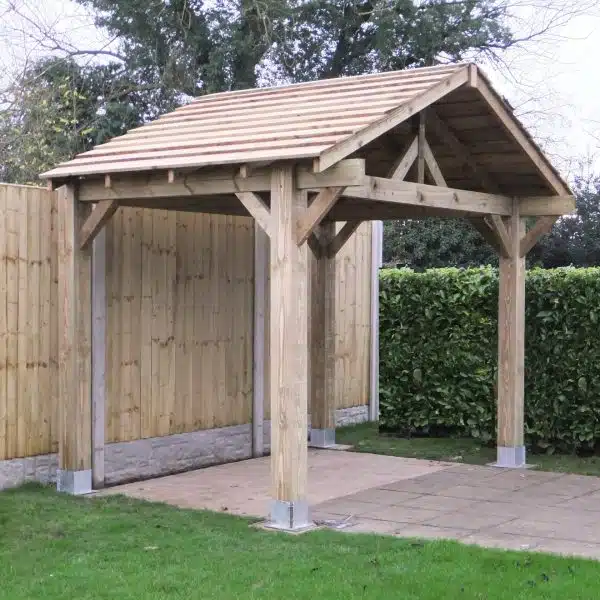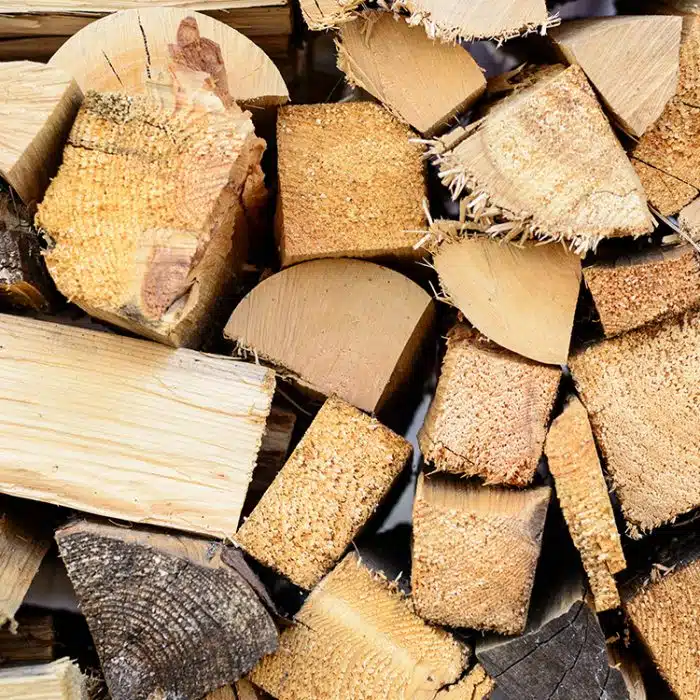At Pheasant, we recognise that while there are the naturally beautiful aesthetic aspects of timber structures, there is also the common hand-in-hand concern of timber’s durability.
We all appreciate outdoor wooden products that look great, are resilient and long-lasting and that is why many homeowners opt for kennels, gardening kits, gazebos, playhouses, and pergolas made of wood.
Unfortunately (but in reality) there are detrimental areas when we think and talk about wood, mainly woodworm and rot. We will focus on ways to help prevent and overcome such problems.
In this guide, we aim to open up timber-related issues and portray helpful aspects that will assist you in giving your outdoor timber products the best chance of longevity.
To gain helpful and insightful knowledge of wood decay, follow the link for an in-depth scientific focus from Forest Pathology.
Firstly, and foremost on this topic and then to reiterate it again – nothing beats pressure treatment for effectiveness. Due to its higher cost, it may not be reasonable to expect that the entire structure consists of pressure treated timber, but try to ensure that all load-bearing pieces (joints, posts, beams) and all ground-contact pieces receive full pressure treatment.
Whether for a shed, gazebo, fence, deck or other timber buildings, the preservation of wood in the outdoors is vital. Without proper protection, pests, moisture, salt, sun, rain, and frost can have drastic effects on the stability and appearance of timber structures.
In the UK, Oak, Teak, and Pine are three of the most common garden furniture materials. Interestingly they all share similar properties and as a result, the pros and cons of the three materials are broadly the same, with Oak, Teak, and Pine outdoor furniture giving gardens that authentic and rustic feel.
There are many other hardwoods like Redwood – widely used in the USA – Cypress, White Oak, Ipe, Teak, Mahogany, and more that can be used to good effect in outdoor areas. Regardless of the wood used, you will need to maintain the features well to keep them resilient.
As with many material things, to keep them looking their best we need to put protective and/or preventative measures in place.
How Do I Maintain My Outdoor Timber Structure Or Furniture?

If you can, and as covered earlier, ensure the product you are investing in has been pressure treated. This will help massively in the durability and longevity of your product.
Drainage: Standing water is the enemy! Even if your timber has been treated with a water-repellent, it is only a semi-permanent/effective deterrent. Take reasonable care to avoid pools, puddles and otherwise constant exposure to dampness.
If your product or structure is on legs, then an advised safeguard would be to use metal post supports which will keep the footing from direct contact with the ground.
Moving on to finishes, there are broadly five types of preventative wood decay products.
Wood Oil
Penetrating deep into the wood grain to replace the essential oils lost through weathering, wood oils nourish and seal the surface protecting the timber from the inside out.
Helping to prevent drying, warping and splitting, wood oils provide a tough, durable and waterproofing low-lustre finish. Choose a blend of oil and resin for improved water repellence, or enhanced UV filters for an increased shield and protection against sun damage.
Oils are best applied in thin and even coats with a brush or cloth, allowing each to absorb and dry before re-applying. With shades and finishes available for both softwoods and hardwoods, wood oils are a great choice for decking and garden furniture.
Wood Stain and Dye
Applying wood stain and wood dyes to your exterior wood is a great way to assure it’s protected from weathering and heavy foot traffic. It also adds rich colour.
Offering great coverage and long-lasting durability, wood stains help to enhance the natural wood grain for a hardwearing and scuff resistant finish. Choose from a variety of colours including those with a wax enriched formula for enhanced water repellence and a non-slip finish, which is ideal for decking.
Resistant to cracking, blistering and peeling, wood stain saturates the surface, while wood dye penetrates deep into the timber for a rich depth of colour. Re-coat every two to three years depending on the wear or find brands with guaranteed long-life protection.
Wood Preserver
Available in both clear and coloured options, wood preservers work similarly to stains, dyes and oils, providing waterproofing and as well as protection against rot and decay. Resistant to mould, algae growth and woodworm attacks, wood preserver also has UV protectors that resist fading and the natural greying process.
Penetrating the timber for deep protection from within, a wood preserver should be applied liberally with an exterior brush, soaking the timber for the best results.
A great choice for raised beds, fencing and sheds, a fresh topcoat can be re-applied without sanding back the surface and once dry can be finished with an exterior coat of paint for a considered garden scheme.
Wood Varnish
Ideal for woodwork including external doors, door frames, timber windows and gates, varnish provides high-performance protection against UV light and water penetration.
A great choice for previously stained or treated wood, exterior varnish resists the cracking, peeling and blistering that is common to weathering. For year-round continuous protection, flexible formulas will stretch and shrink with your timber whatever the weather.
Available in clear matt, satin and gloss finishes, varnish helps to enhance the grain of your wood, darkening the surface slightly for a rich colour. For the best finish, the surface should be thoroughly prepared, filling any cracks and sanding back for the smoothest application.
Wood Paint
Whether you want to freshen up your timber or inject colour with a new scheme, exterior wood paints are the fastest and easiest way to transform your surfaces. Offering protection against fading, peeling and weather-related wear, wood paints enhance your timber with rich pigmented colour.
Available in a plethora of colours, why not experiment with colour to revitalise your spaces. Ideal for old garden furniture, tired-looking fence panels, raised planters, forgotten sheds, bird boxes, trellis features and timber structures.
Best applied with a brush, pump or paint sprayer, choose non-drip varieties that are wax enriched for water repellence and child and pet-friendly once dry. For the richest and most vibrant colour that still allows the natural wood grain to shine through, it is often recommend applying two or three even coats.
Summary
To recap, remember that proper wood preservation consists of three key points:
Timber Selection
Choosing the right material for your project is the important first step but remember to opt for a pressure treated product if you can. Remember the cost may be higher than untreated wood but if you opt for untreated timber, you will have the added costs of initially having to treat the timber yourself, plus the time factor of doing this.
Treatment Selection
Always apply a water treatment. Also consider a preservative treatment, unless your wood has been pressure treated in advance.
Finish Selection
Find a finish that suits the needs and aesthetics of the wood. Avoid overpowering the natural look of the timber unless it is really necessary.
N.B.
Before you begin treating and transforming your timber, you should always check the manufacturer’s label for advice and ensure you wear protective workwear and equipment.

